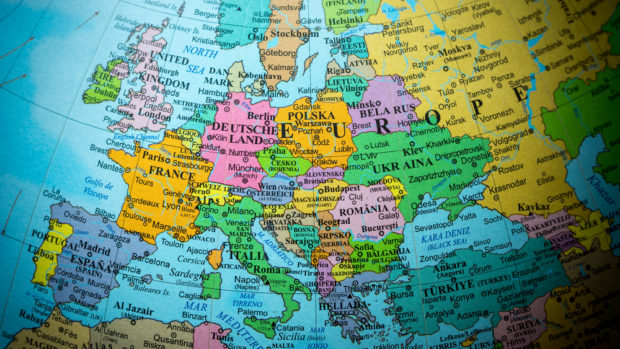Pitney Bowes Inc, today announced the results of its second
annual Global Online Shopping Study. The research reveals that while
international shoppers share some common similarities on how they are
finding and buying products online, consumers have unique global
shopping preferences and behaviours that vary by country. Retailers
looking to expand their brands globally should consider cultural norms
and shopping preferences of consumers around the world.
According
to the study, the majority of online shoppers are using search engines
as the preferred method to find products (62 percent of respondents).
When international consumers were asked what types of online sites they
would consider purchasing from, 66 percent chose online marketplaces
while 62 percent selected retailers’ web sites.
The
majority of consumers in Russia (78 percent), China and the U.S. (both
76 percent) are likely to purchase products from online marketplaces,
while consumers in Australia (81 percent), the U.K. (72 percent) and
Canada (71 percent) are most likely to buy products directly from a
retailer’s web site. Germany (46 percent) had the highest percentage of
online shoppers that said they would consider purchasing products they
found on search engines, followed by Japan (40 percent) and South Korea
(33 percent). The largest number of consumers who would consider buying
products online from social media sites were in India (27 percent),
followed by Brazil (15 percent) and Russia (14 percent).
The
study also found that there are differences based on the age of the
shopper. When it comes to millennials, more than a quarter of 18 to 24
year-olds (28 percent) and 21 percent of 25 to 34 year-olds visit social
media sites for inspiration when searching for products. Compare this
to only 16 percent of 35 to 44 year-olds, 12 percent of 45 to 54
year-olds and seven percent of 55 year-olds and higher. Also, online
shoppers in India (38 percent) ranked highest for searching for products
on social media sites, followed by Brazil (21 percent) and China (20
percent).
Nearly a quarter
of consumers said they make the most online purchases on mobile devices
– including mobile/smart phones, tablets or other devices – or a mix of
devices. Online shoppers in the U.K. (37 percent), India (36 percent)
and China (34 percent), and the U.S. (29 percent) had the highest rates
for using a mobile device, or mix of devices. Thirty-three percent of
millennials (ages 18 to 34) are using mobile devices, or a mix of
devices, compared to 24 percent of overall consumers in the study.
“In
today’s global marketplace, ecommerce is continuing to connect the
world’s economies in new ways, making it possible for brands to sell,
compete and expand their footprint,” said Lila Snyder, President, Global
Ecommerce. “By
focusing on the consumer – what they want and how they like to shop –
brands can develop the right roadmap to achieve global ecommerce
success.”
The biggest barriers to adoption of global online shopping are high shipping costs (64 percent), additional fees owed at time of delivery (48 percent) and product delivery taking too long (39 percent).
Product returns are also a major concern, as 33 percent of global shoppers cited online return policies and processes as deterrents. Countries with the highest levels were India (46 percent), Germany (44 percent) and the U.S. (39 percent). Thirty-one percent of global online shoppers said that negative customer reviews and ratings are deterrents.
Localisation is also a barrier, with 30 percent of global online shoppers saying they would be discouraged from completing a purchase with merchants who do not offer their preferred form of payment. Additional barriers include not being able to read a product description because it is in a foreign language (29 percent), merchants not accepting credit cards (27 percent) and when pricing is not in a country’s local currency (25 percent).
Additional study findings:
The U.S. (71 percent), U.K. (44 percent) and Germany (39 percent) continue to be the most desirable e-destinations for consumers to purchase goods online outside their own country.
A third of global online shoppers have purchased products online from retailers in other countries. Australians continue to be the most likely to buy products online from retailers outside their own country (63 percent in 2015 and 2014 studies) followed by Canada (48 percent in 2015 versus 54 percent in 2014) and Russia (49 percent in 2015 versus 54 percent).
The knowledge gap is starting to close with consumers believing they can only purchase goods online from retailers in their own country (six percent in the 2015 study versus eight percent in the 2014 study. This was most prevalent with consumers in India (eight percent in 2015 versus 15 percent in 2014) South Korea (15 percent in 2015 versus 21 percent in 2014) and China (15 percent in 2015 versus 19 percent in 2014).
Price is the top reason (61 percent) shoppers have purchased or would consider purchasing a product from an online retailer outside of their own country followed by availability (40 percent), quality and better selection (both 30 percent). Product authenticity was highest in India, (36 percent), China and South Korea (both 30 percent) and Russia (22 percent).








Share